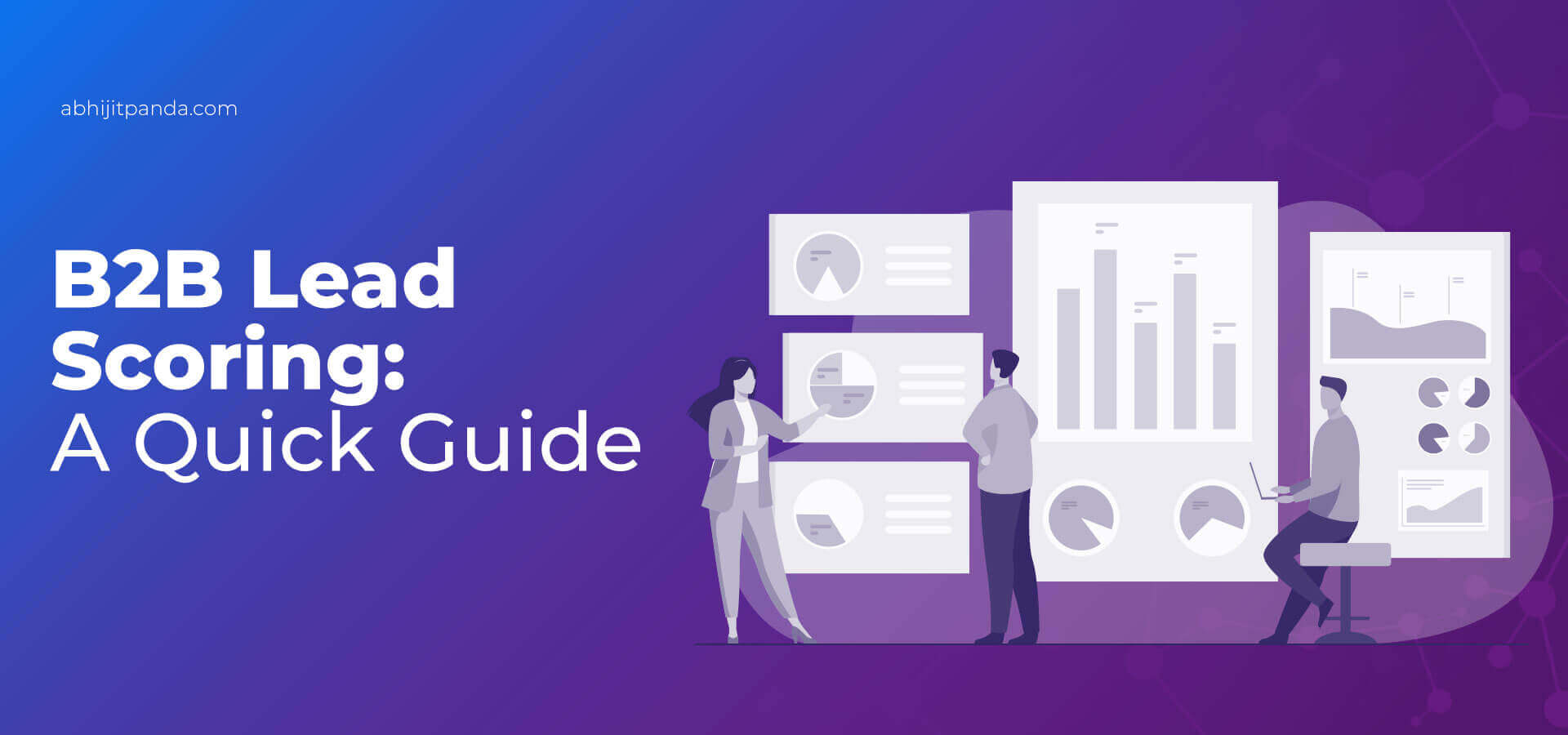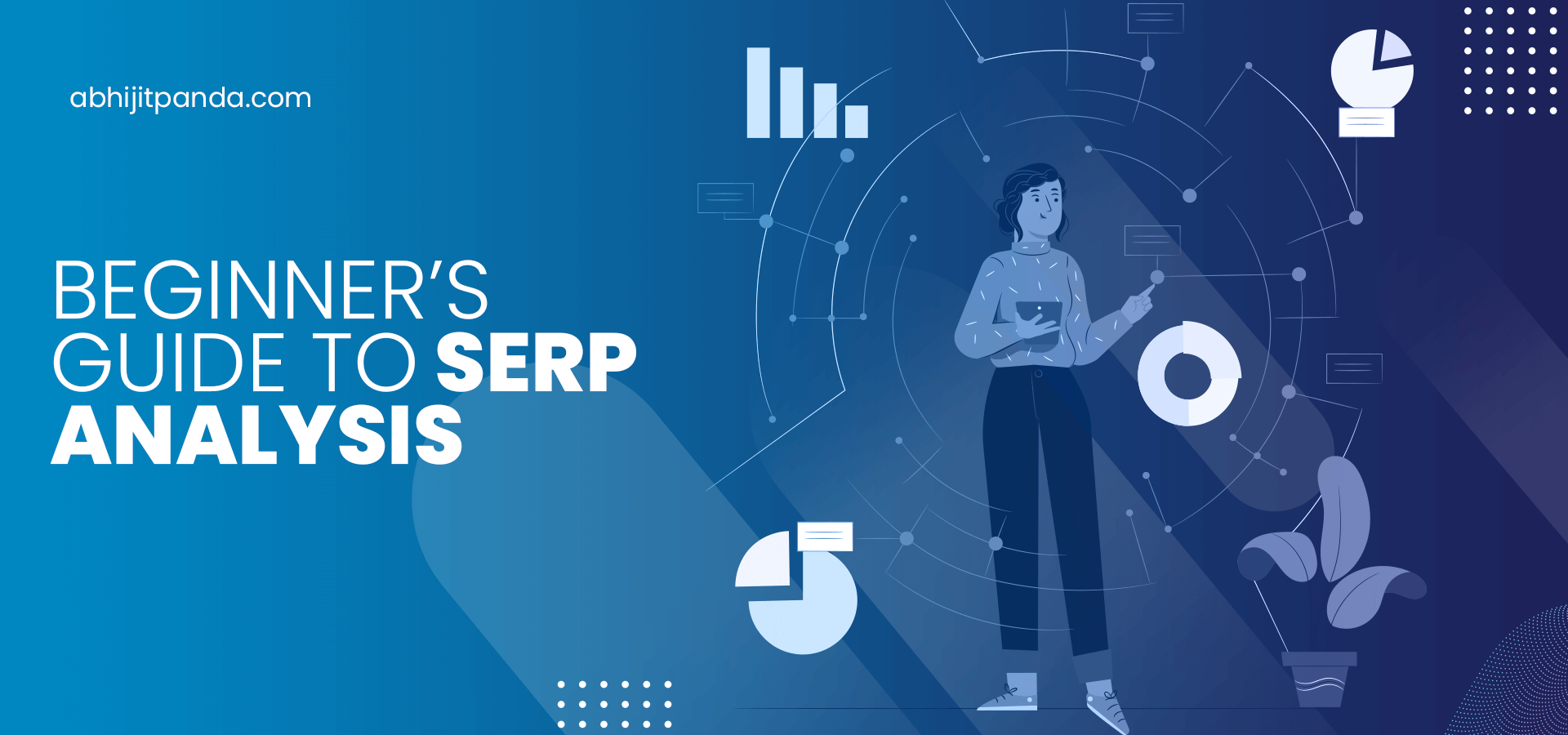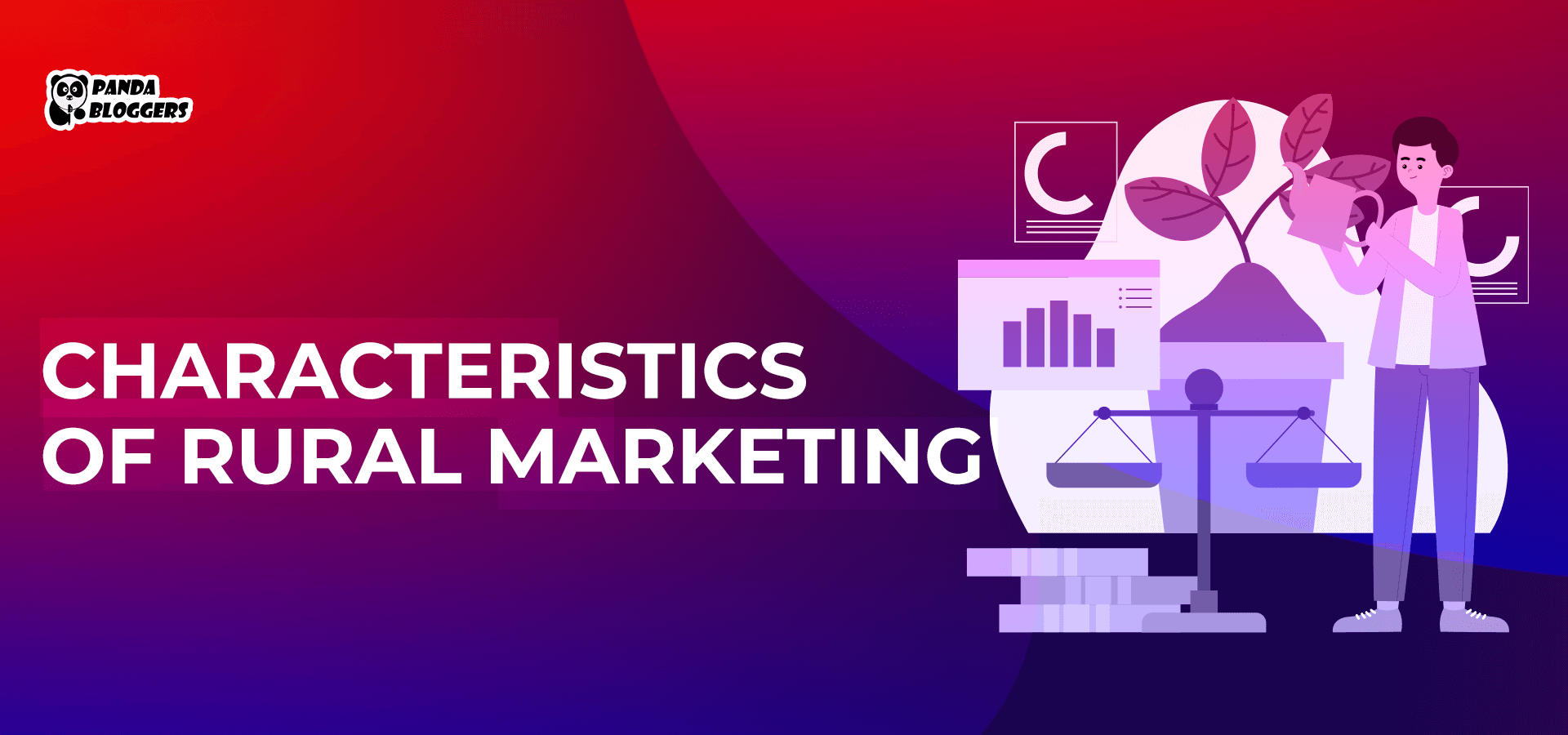 B2B Lead Scoring: A Quick Guide
B2B Lead Scoring: A Quick Guide
B2B companies and startups generate leads regularly using both organic and paid lead generation strategies. But the chances of a B2B lead becoming a paying customer varies. As a tried-trusted methodology, B2B lead scoring or B2B account scoring helps marketers and salespeople differentiate ready-to-buy leads from least likely-to-buy leads.
The sales and marketing teams compare and rank leads by assigning a score or numeric point to each of them. They refer to the score to nurture leads by understanding three important factors – how likely a lead is to purchase a product/service, what will be the size of the order placed by her, and what is the timeline for placing the order.
A higher lead score depicts a lead is more likely to purchase. Hence, companies can increase conversion rates by nurturing and influencing high-quality leads. While scoring B2B leads, marketers assess prospective customers based on real-time data collected from various sources.
Also, they assign scores to a lead based on her explicit and implicit attributes. Likewise, they make the B2B lead scoring framework more impactful by considering company data, contextual data, and behavior data. Hence, B2B lead scoring frameworks evaluate potential customers based on the characteristics and behavior of current customers.
What Types of Data Do Businesses Include in the B2B Lead Scoring Model?
Demographic Data
Decision makers analyze demographic data to decide if a product/service matches the requirements of the lead or not. They score leads based on important demographic data like location, age, gender, and job title. They prioritize leads that have decision-making power or reside in high-value locations.
Company Data
Company data helps decision-makers know important information about the lead’s business or startup, like industry, size, annual turnover, and market segment. The data help them to identify leads that belong to an industry that requires a specific product/service. Also, company data differentiates the leads that match the customer personas used by the business.
Behavioral Data
Decision-makers assess the readiness of a lead to place an order based on her implicit and explicit behavior. They prioritize leads the visit the website frequently or access more web pages. The online behavior indicates that the lead is currently in the decision-making process. Salespeople can nurture the leads effectively by identifying their current position in the buyer’s journey.
Contextual Data
While accessing a website, B2B leads access both high-value and low-value web pages. A lead accesses low-value pages like product details in the initial stages of the buyer’s journey. But she accesses high-value pages like price comparison in the later stages of the buyer’s journey. Decision-makers leverage the contextual data to give higher scores to leads who are closer to conversion.
Email Engagement Data
If a lead is interested in the product/service, she will open the marketing emails sent by the business and click on the hyperlink to get additional information. Decision-makers identify the interested leads based on email open rate and click-through rate. They give higher scores to the interested leads due to the interest shown by them.
Social Engagement Data
Many B2B leads these days prefer social media to search engines while conducting research. They indicate their interest and intent by engaging with relevant social media posts in a variety of ways – liking, sharing, commenting, and replying. Decision-makers leverage the social engagement data to prioritize B2B leads who are interested in the product/service.
Spam Detection
In addition to prioritizing ready-to-buy B2B leads, lead scoring methodology focuses on removing spam. While assessing leads, decision-makers identify spam based on the incomplete or erroneous information submitted by website visitors. They screen out the leads who are unlikely to become customers and make salespeople nurture the ready-to-buy leads.
What B2B Lead Scoring Models Do Businesses Use?
Manual Lead Scoring
This traditional B2B lead scoring model makes decision-makers assign scores to leads manually based on predefined standards. These standards are set based on lead attributes that result in higher conversion rates. Also, they consider the attributes of recent high-quality leads.
Decision-makers rank various attributes and actions of leads individually. Also, they create ideal customer profiles based on their attributes and activities. They assess and score new leads based on the ideal customer profiles. The leads who match the attributes of recent high-quality leads are considered to be sales-ready.
Probability-Based Lead Scoring
The lead scoring method is developed based on manual B2B lead scoring. It determines and evaluates the attributes and activities of leads based on the standards used in the manual B2B lead scoring model. But the model determines if a lead is sales-ready or not using a formula.
The formula calculates the probability of a lead becoming a paying customer based on predefined standards. Each time a new lead enters the B2B sales funnel, the formula helps marketing and sales professionals decide if she is worth pursuing. The sales and marketing team can ignore leads who are unlikely to become customers based on predefined standards.
Predictive Lead Scoring
This B2B lead scoring model compares and ranks leads using artificial intelligence (AI) and machine learning (ML) algorithms. These algorithms evaluate and score leads automatically based on demographic, company, and intent data collected from external sources. Also, they keep the lead scoring process flexible.
They increase a lead’s rank based on fresh data. Also, they identify new lead attributes regularly whenever fresh data are available. Most organizations these days prefer predictive B2B lead scoring to manual and probability-based B2B lead scoring to rank leads accurately based on real-time data.
However, we must remember that most organizations these days use multiple B2B lead scoring models due to difficulty in identifying the right attributes. Also, they customize B2B lead scoring while upselling or cross-selling products to existing customers. It is always important for decision-makers to customize B2B lead scoring models according to specific situations and goals.
Conclusion
B2B lead scoring methodology helps marketing and salespeople identify and nurture the right leads. In addition to increasing conversion rates and reducing acquisition costs, lead-scoring frameworks emphasize sales and marketing alignment. But a company can make B2B lead scoring models more impactful only by leveraging the latest customer data and the feedback shared by marketing and sales teams.









Leave a Reply